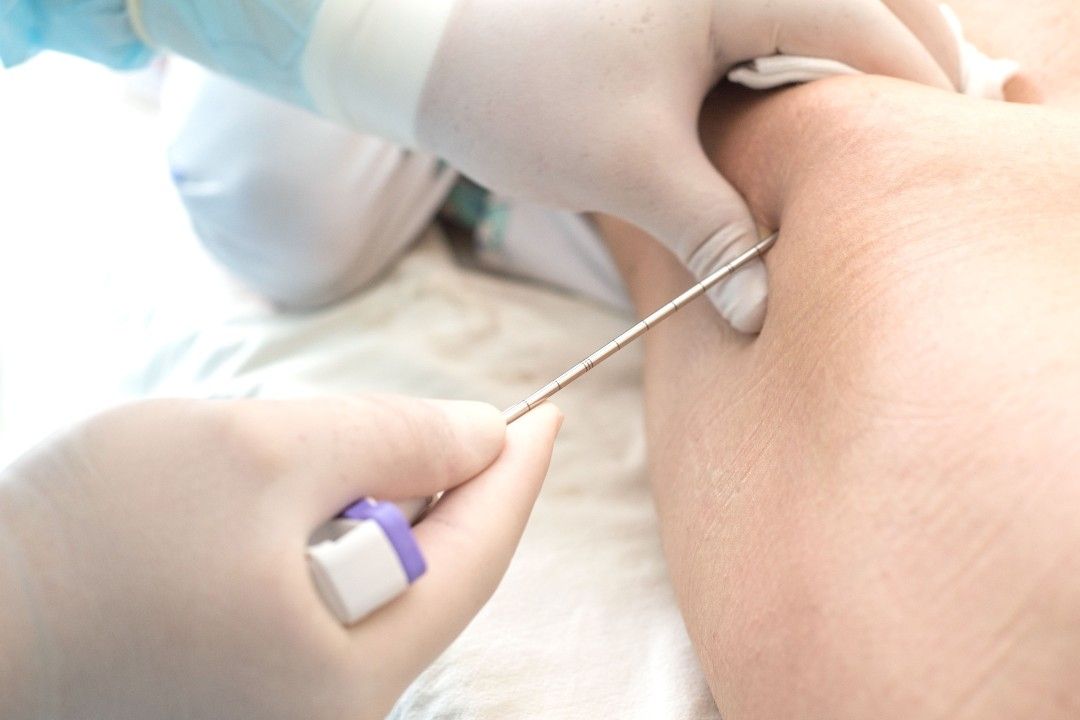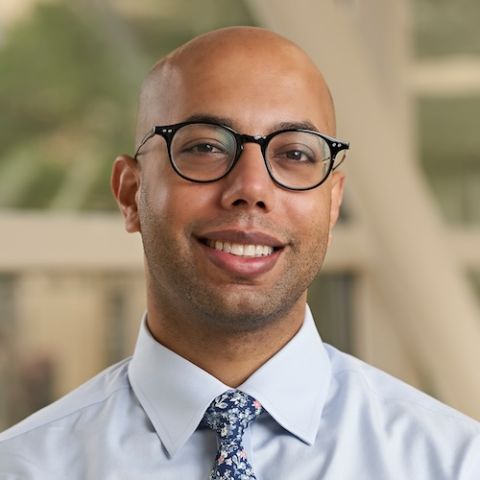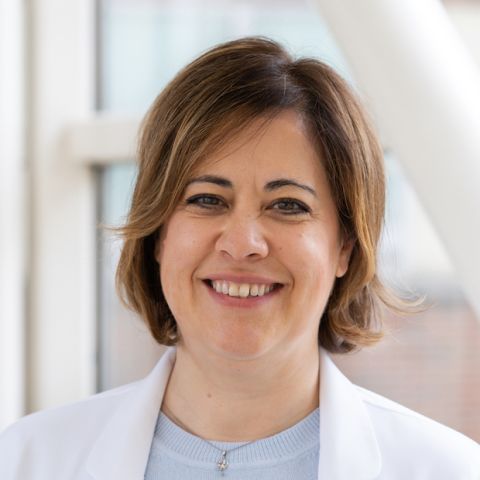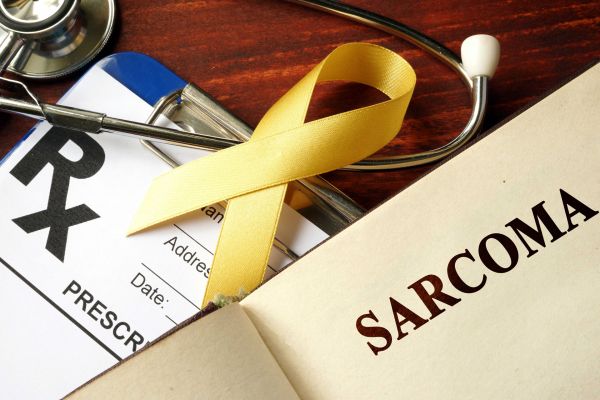Ewing sarcoma is a rare type of cancer that forms in the bones and soft tissue of children, teenagers and young adults. Only a few cases are diagnosed every year — three to five cases out of every million people — and options for treatment have yet to move past chemotherapy and radiation.
Two experts at Roswell Park Comprehensive Cancer Center are working to expand those options.
“Ewing sarcoma is found 85% of the time in the bone and 15% of the time in soft tissues,” says Ajay Gupta, MD, MS, a pediatric oncologist at Roswell Park.
The two other main categories of sarcoma affecting this age group are osteosarcoma, found in the bones, and rhabdomyosarcoma, found in soft tissues. There are other kinds of sarcoma that affect adults, including liposarcoma, leiomyosarcoma, and chondrosarcoma. And while Caucasian children are more likely to be diagnosed with Ewing sarcoma, there are not many other genetic or familial risk factors.
Symptoms of Ewing sarcoma include bone pain and unusual swelling, which can be difficult to differentiate from growing pains, unless the child is unwilling to use their arm or leg or they notice a new swelling on their body, Dr. Gupta says.
“Treatment includes, right now, a five-drug chemotherapy regimen in pediatric patients. It lasts about 30 weeks, starting with six cycles of every-other-week chemotherapy. Then you get local control, which means surgery, radiation or both, depending on how resectable the tumor is, then eight more cycles of chemo and, if it goes well, you’re considered in remission.”
For localized Ewing sarcoma, the survival rate at five years is around 75%. If it has metastasized, that decreases to around 30%; a relapse can mean even more grim news. If the tumor is found to be refractory, it has not responded well to chemotherapy and is “growing through treatment,” Dr. Gupta says.
Treatment options are few — for now
Experts in Ewing sarcoma are eager to find new ways to treat the disease, driven by a protein known as EWSR1, which is also believed to drive other cancers. Right now, trials for new treatments for Ewing sarcoma have had limited success, but “we have basic scientists who are working to change this,” Dr. Gupta says.
One of those scientists, Joyce Ohm, PhD, has been researching a possible new tool in her lab.
“My interest in this range of young adult sarcomas is personal — my mom died in her 30s of a rare sarcoma — but my research over the years evolved very naturally,” Dr. Ohm says. “Pediatric and adolescent/young adult cancers are very different than most of the cancers we hear about. They tend to have one single mutation driving them. With Ewing sarcoma, there’s a single driver, where two proteins have fused together.”
Her research for the past several years has focused on replication stress: cancer cells are in such a hurry to replicate, they’ll often make mistakes in cells while copying DNA. Normally, in healthy cells, imperfections would either be repaired or make the cell die right away. But with Ewing sarcoma cells, they've found a unique way to overcome these imperfections and keep reproducing quickly.
“What Joyce has found is she can block the Ewing sarcoma cell from fixing these mistakes, and if the cell has enough mistakes, the programming shuts down and the cell is no longer viable; it dies,” Dr. Gupta says.
“The work in the lab and with Ajay is to take all of the known drugs we use in adults and hit these pathways, to identify the drugs that work best against these tumors, and to see how we can combine them to work better,” Dr. Ohm says. “What we’re doing is recognizing the unique vulnerability in Ewing sarcoma and using drugs to try and target it.”
Right now, Drs. Gupta and Ohm are working to find out not only which drugs work the best to exploit replication stress and kill cells, but what would be the lowest required dose of those drugs needed to do so.
“This will allow us to use lower chemotherapy doses and pinpoint the tumor,” Dr. Ohm says. “It’s not enough to just stop the tumor from getting bigger. Over time, cancer cells change, they evolve and they develop resistance, so we need to use different tactics to stop their growth and replication and to kill them.”
Ideally, this kind of targeted therapy would also minimize side effects for the young patients. The team recently received a $200,000 Hyundai Hope on Wheels award to continue its research, now being done in the lab, with the goal of moving toward clinical trials in two to three years.
Young Adult Program at Roswell Park
Find out more about the services provided by the Young Adult program.
Learn MoreThe Roswell Park benefit
Sarcomas are rare and “unique,” Dr. Ohm says. “Sarcoma patients need to be seen at a comprehensive cancer center that has experts. It absolutely affects the quality of care a patient receives.”
The combination of collaborative research and working with an expert who sees Ewing sarcoma patients is something that sets Roswell Park apart from other cancer centers, along with the designation of being a National Cancer Institute-designated comprehensive cancer center, Dr. Ohm says.
“There are not a lot of places where people like Ajay and I get to work closely together. We have real basic-science and clinical collaboration bridging that gap. You’re not going to get that everywhere. We have the benefit of both research and clinical expertise under the same roof. We can accelerate what we’re finding in the lab by giving it more direction by what’s already being used in the clinic.”
Ewing sarcoma might be rare, but it remains one of the more prominent forms of sarcoma in adolescents and young adults.
“Cancer is still the leading cause of disease-associated death among children,” Dr. Ohm says. “We need to be doing this work.”




